One of the hottest issues being discussed in sports at the moment lies athlete welfare, and in particular suffering from brain injuries and the short and long-term impacts that they can have. It’s an issue that appears in impact sports such as American Football and Rugby as well as sports such as Football where players are constantly using their head to either clear a ball from their defensive area or trying to put the ball into the back of the opposition net to score a goal.
We’ve already seen the implementation of some policies and practices in a variety of sports over the years in order to help protect players and prevent them from receiving brain injuries. These include protective gear worn in the NFL and the introduction of concussion substitutes in the Premier League. However, as more research is conducted, we are learning more about brain injuries each and every day and the impacts they can have and the complications that can develop.
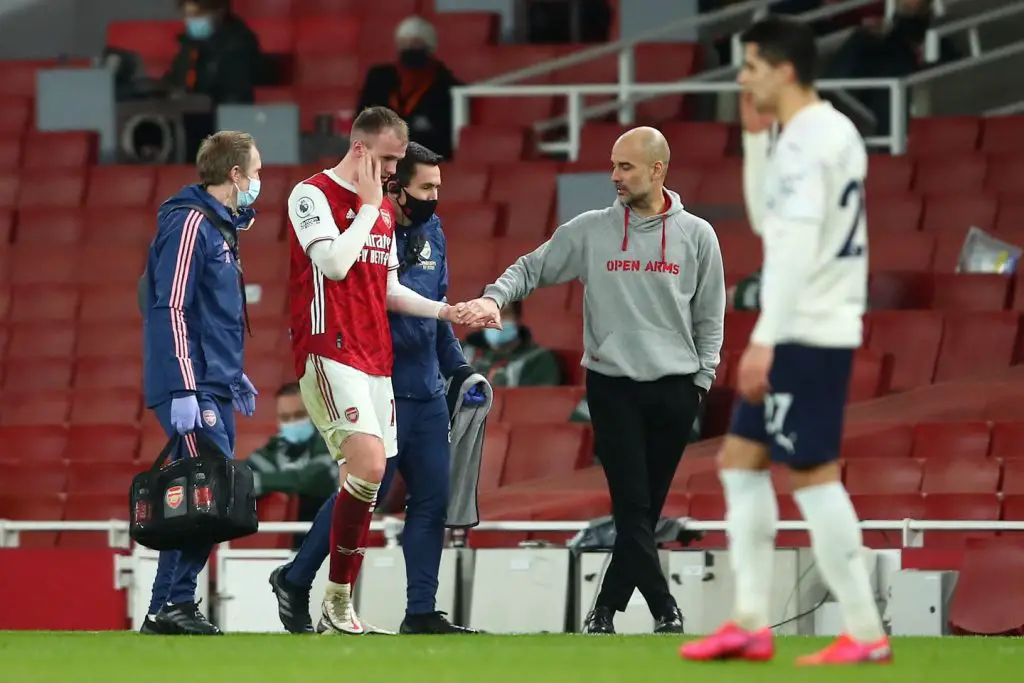
One of the latest developments around the subject of brain injuries has seen two of the world’s biggest sporting leagues come together to discuss each other’s findings and share research to see what more can be done. Both executives from the Premier League and American Football chiefs met on October 4th to discuss the use of Artificial Intelligence (AI) technology in helping to prevent athletes from suffering brain injuries. The NFL will also be meeting with Rugby Authorities later in the month to discuss the same issues.
The reason why these meetings are occurring are due to systems already being piloted in the NFL and looking at the findings of their use in how player welfare can be improved. But what is this technology and how does it work?
Artificial Intelligence combatting brain injuries
The NFL has been trialling an AI system developed alongside Amazon Web Services that is designed to recognise impacts that occur. By using a mixture of cameras and computers using AI software to monitor movements and actions out on the field they are able to detect when an impact occurs, how hard the impact was, which players were involved and where about on the body and impact has taken place.
All this information is then brought together to paint a clearer picture of what has occurred especially when it involves an incident where there may have been contact with a player’s head. Combined with other technologies that are designed to detect the distance players have run and monitor their heart rates, this technology could become revolutionary in helping to not only understanding brain injuries more, but also in developing ways in which we are able to help introduce necessary actions in trying to prevent brain injuries from occurring.
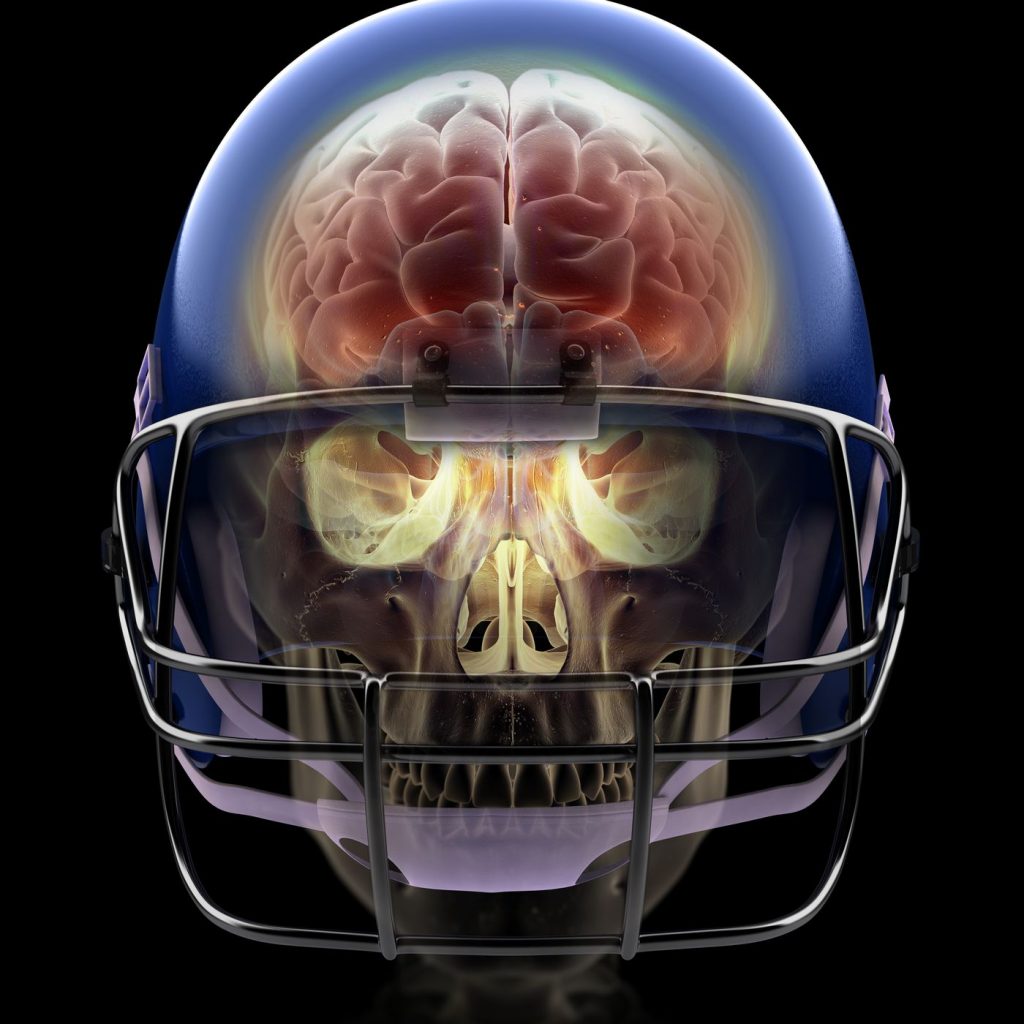
What the experts have said
Following the pilot of this new AI system in the NFL, the NFL’s chief medical officer Dr Allen Sills has had quite a bit to say on the findings from monitoring the technology’s usage. On the positives so far, he’s had the following to say:
It’s incredible data because it allowed us last year, for the first time, to give each team data on how many helmet impacts they had relative to all the other clubs. It also goes down to the individual player level, so we can monitor a player throughout the course of the season.
NFL Chief Medical Officer, Dr Allen Sills
However, he has stated there is still more that can obviously be done because as long as head contact is still happening in all sports, there are always going to be risks there of potential brain injuries such as concussion and possibly more long-term issues that could lead to issues such as dementia.
What was discussed at the meeting?
As it stands, not much has been revealed from the meeting but it is understood that representatives of all Premier League clubs were in attendance at the meeting. There was certainly plenty for them to discuss with the latest findings and data from the AI trials a hot topic, in addition to practices pertaining to mental wellness, injury reduction, concussion and head impacts.
There will have also been much discussion about a recent incident in the NFL regarding the Miami Dolphin’s Tua Tagovailoa inclusion in the squad when he was deemed to be suffering from a concussion. Tagovailoa initially took a hit in the Dolphins Week 3 game against the Buffalo Bills, but medical staff at Miami ruled the results of the clash as a back injury which means he was able to start the game in Week 4 against the Cincinnati Bengals. It was in this game though that Tagovailoa ended up hospitalised and it was deemed the player had suffered the concussion in his appearance against the Bills.
The Unaffiliated Neurotrauma Consultant (UNC) on the night who cleared Tagovailoa is now believed to have been fired following the incident.
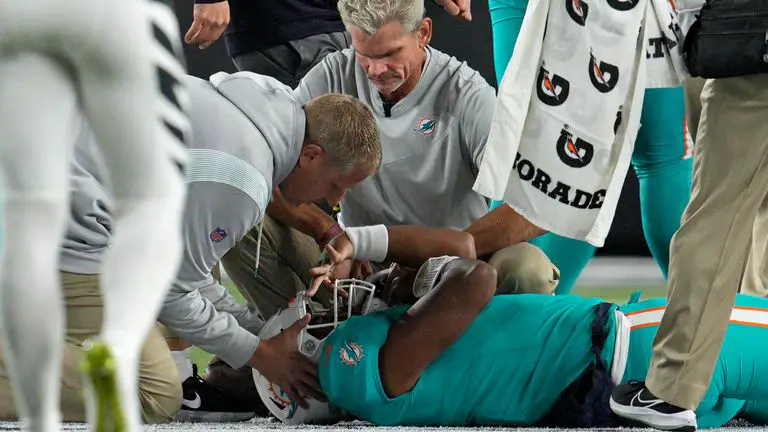
There will have also been discussions from the UK side as well, especially as Europe’s football governing body UEFA have come under a lot of criticism around player welfare. They have been accused of putting players’ lives at risk due to their lack of concussion substitute protocols and are well behind the proactive responses seen by Premier League clubs in ensuring player welfare is taken more seriously, with trials of the removal of heading at grass roots level which involved a landmark study with the league’s top two sides Liverpool and Manchester City.
And it is likely there will be similar discussions when the NFL meet with Rugby Authorities about brain injuries, including testimonies from former players such as Steve Thompson who has no recollection of winning the 2003 Rugby World Cup with England due to brain injuries, he has suffered from playing the sport.
For more articles like this you can check out our Sports section where you will find individual categories on all the most popular sports as well as coverage of more unusual sports.

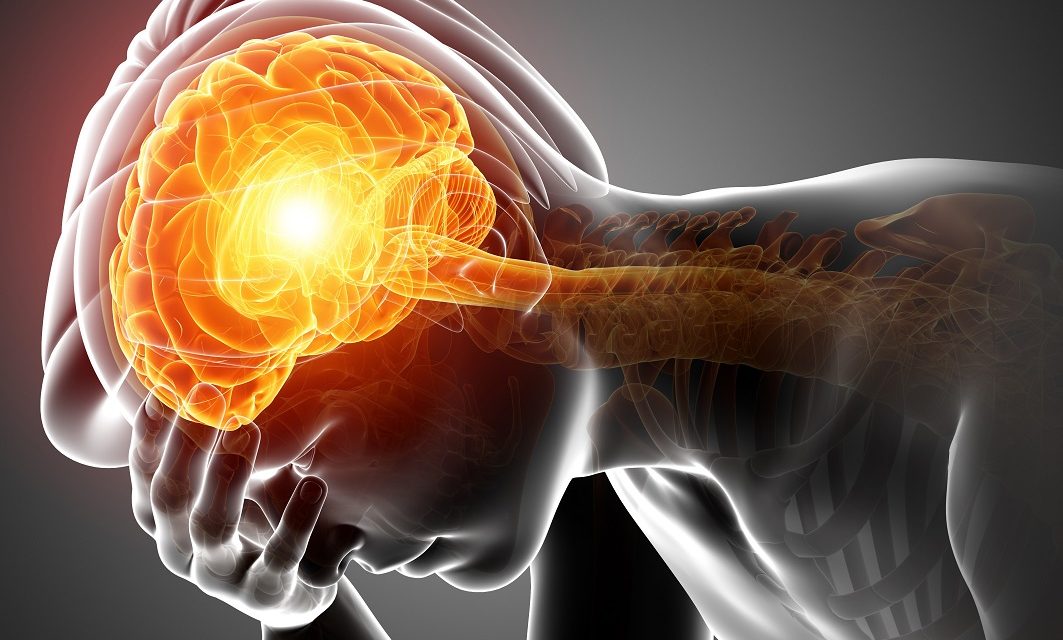
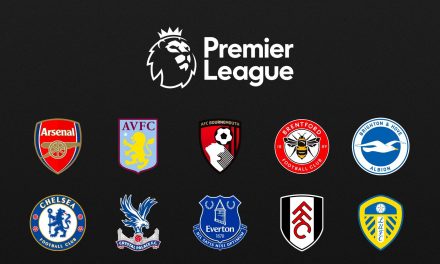
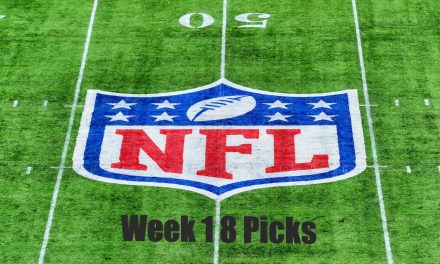

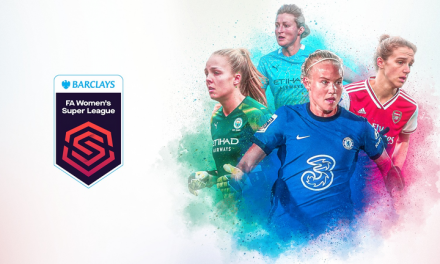
Trackbacks/Pingbacks